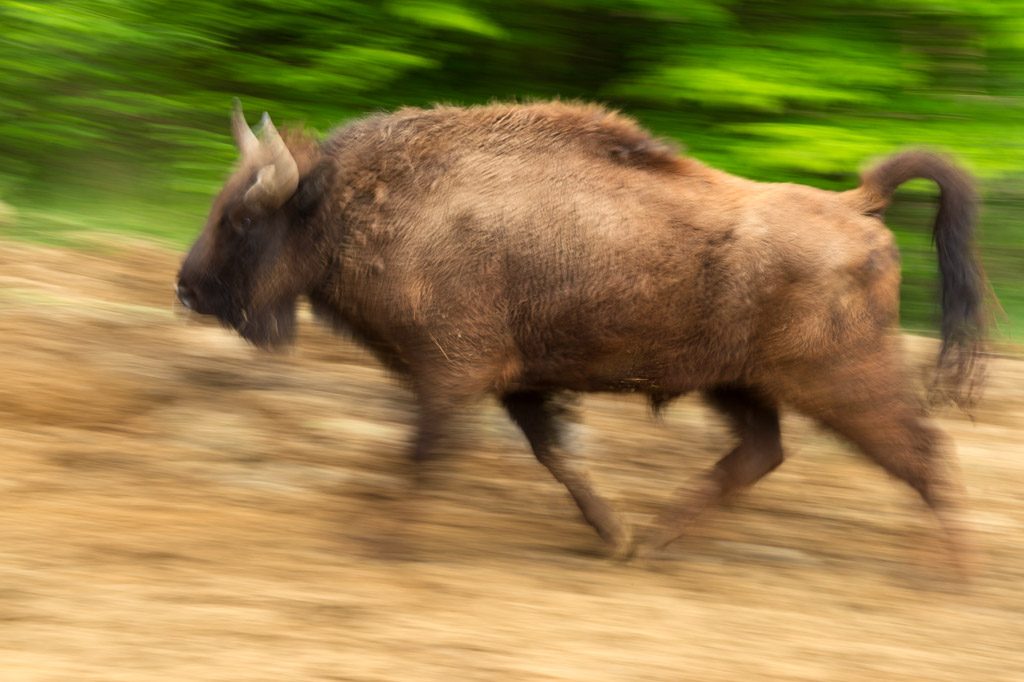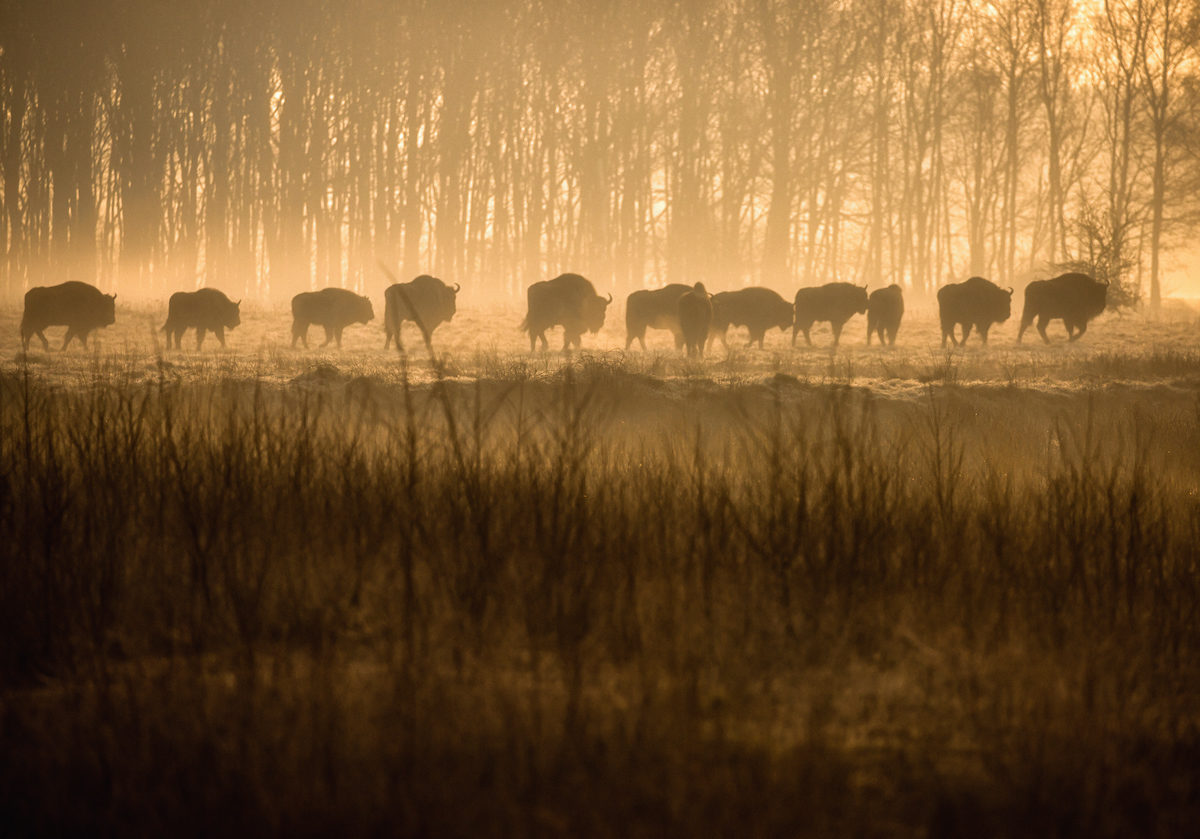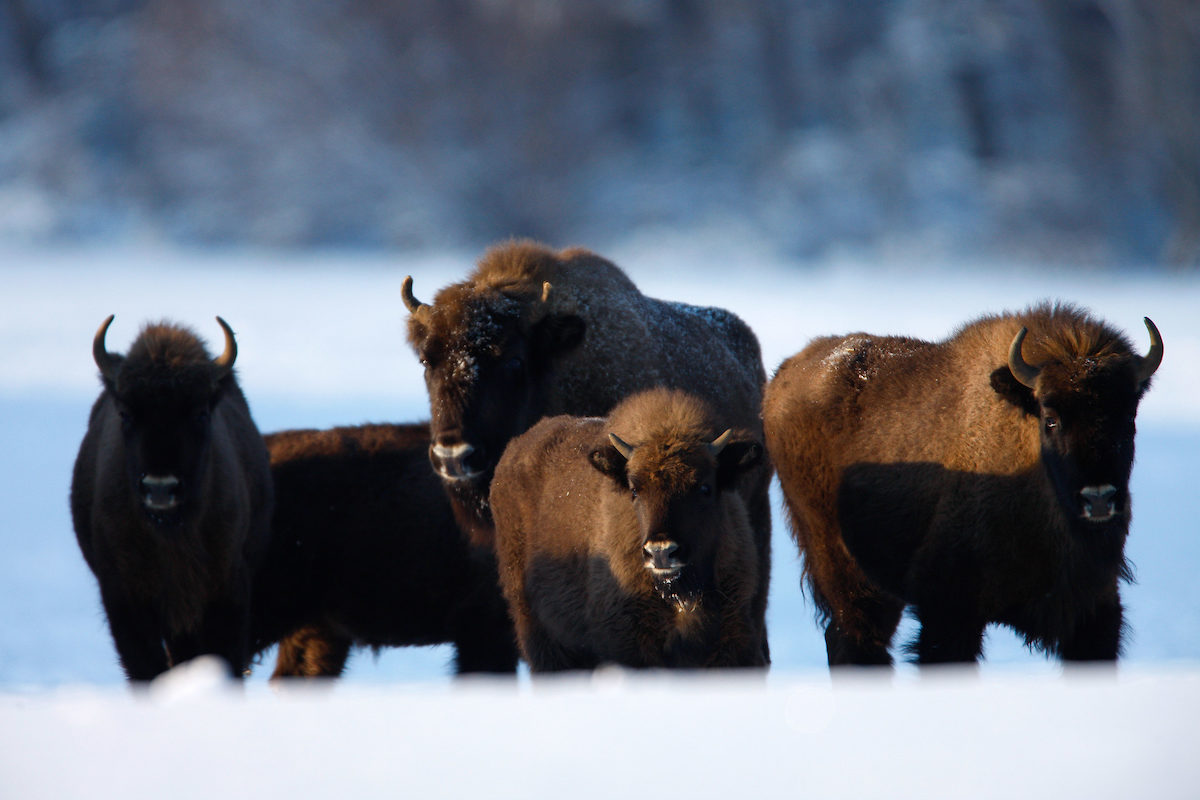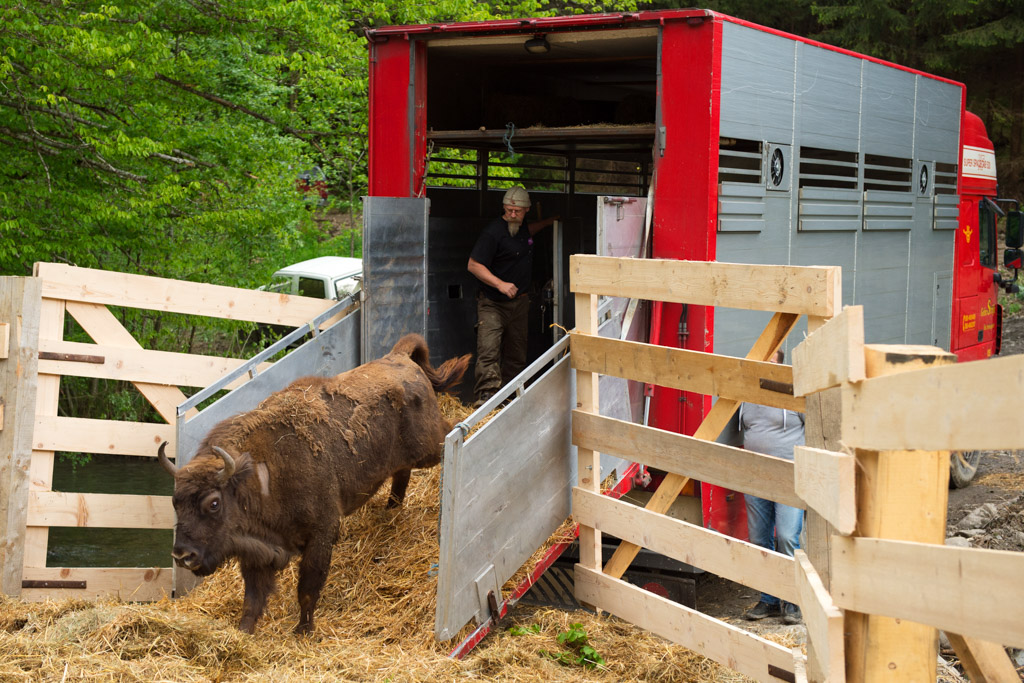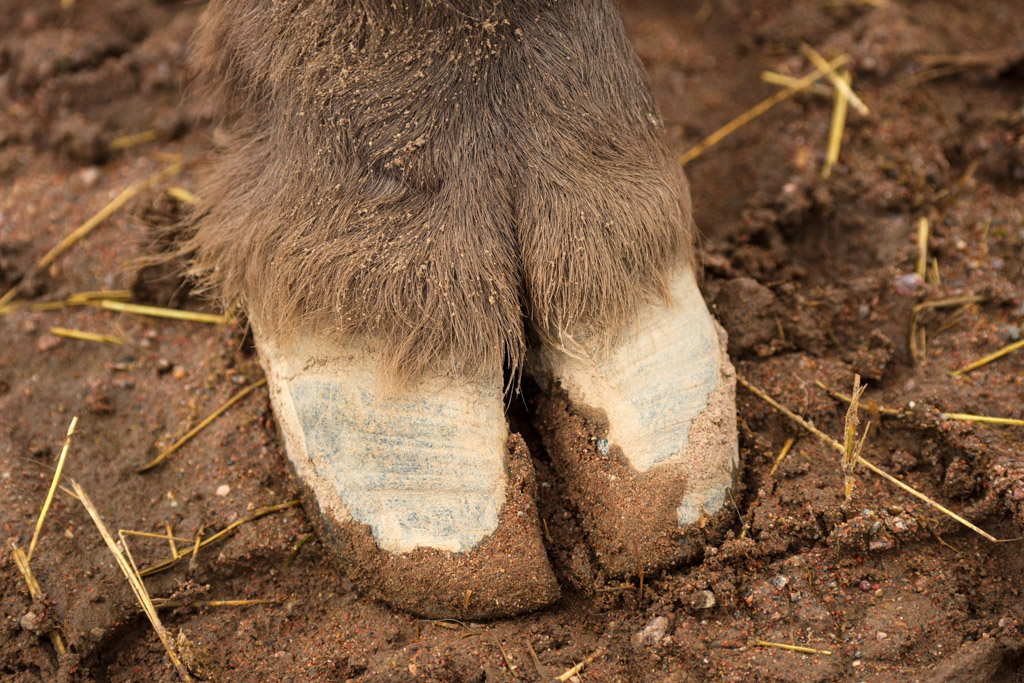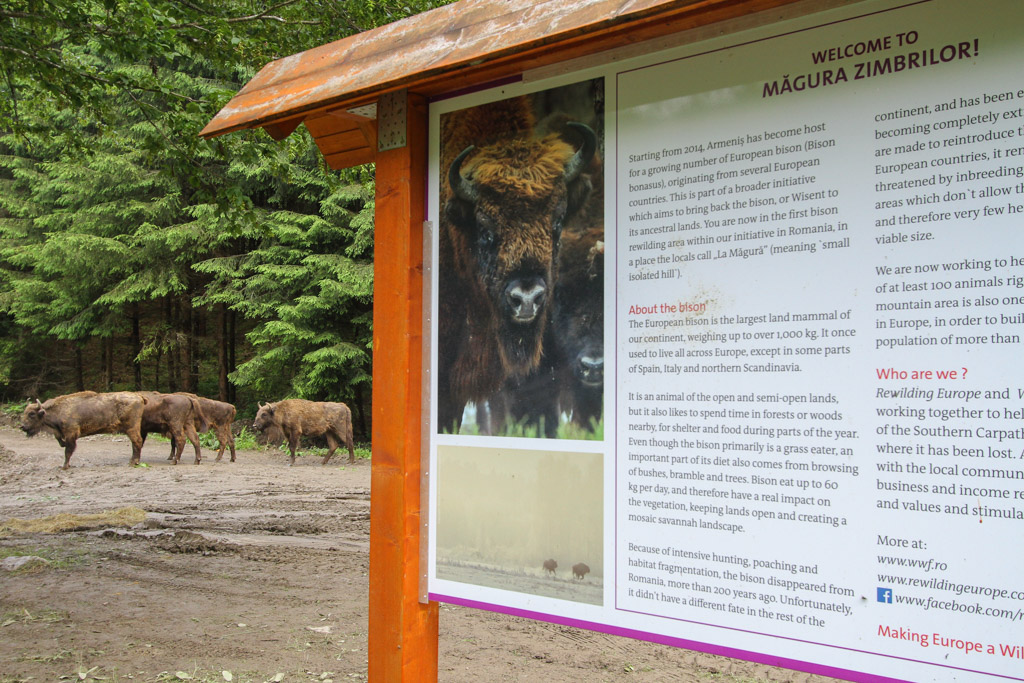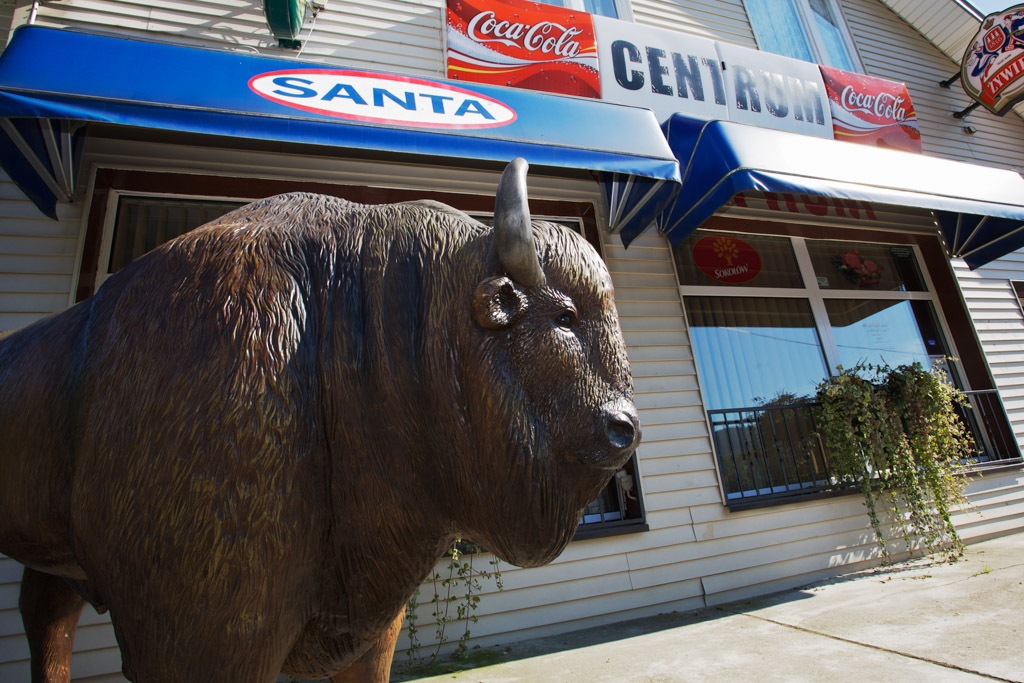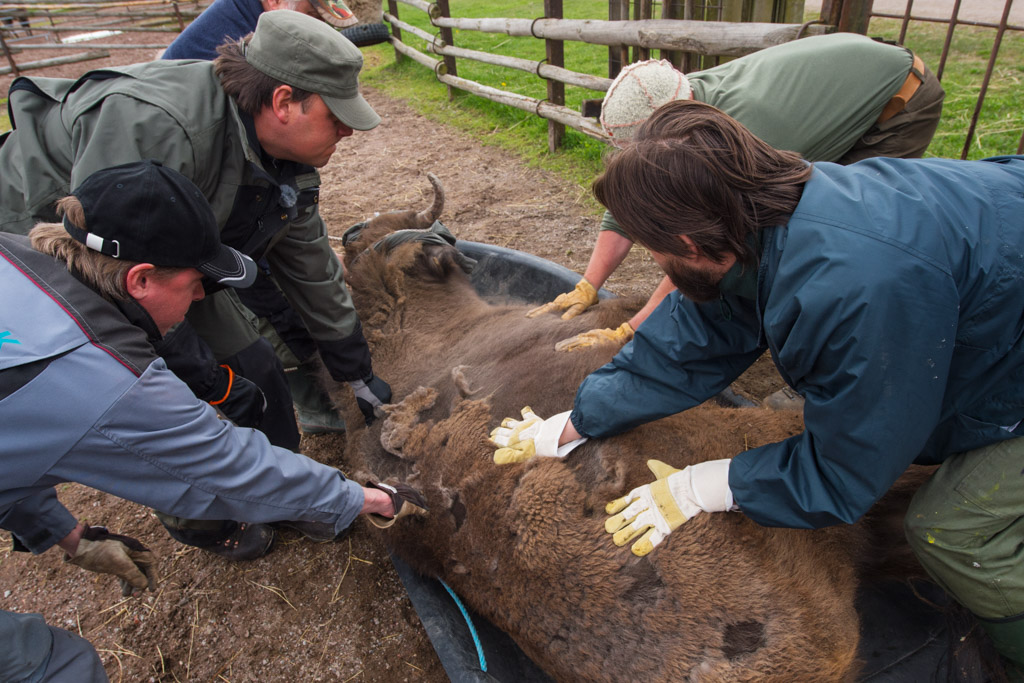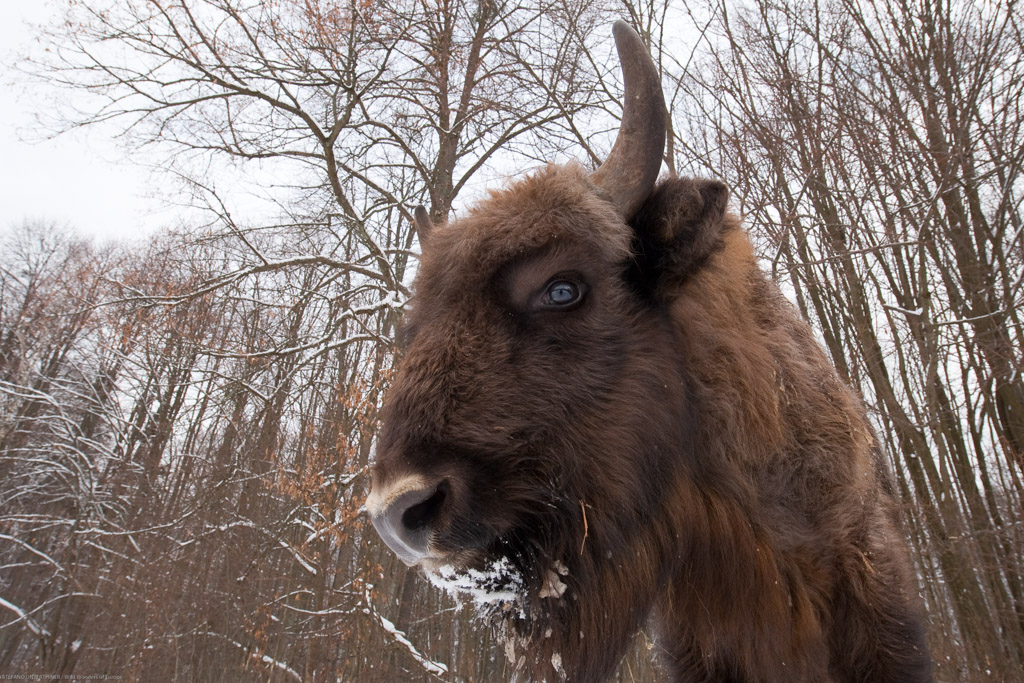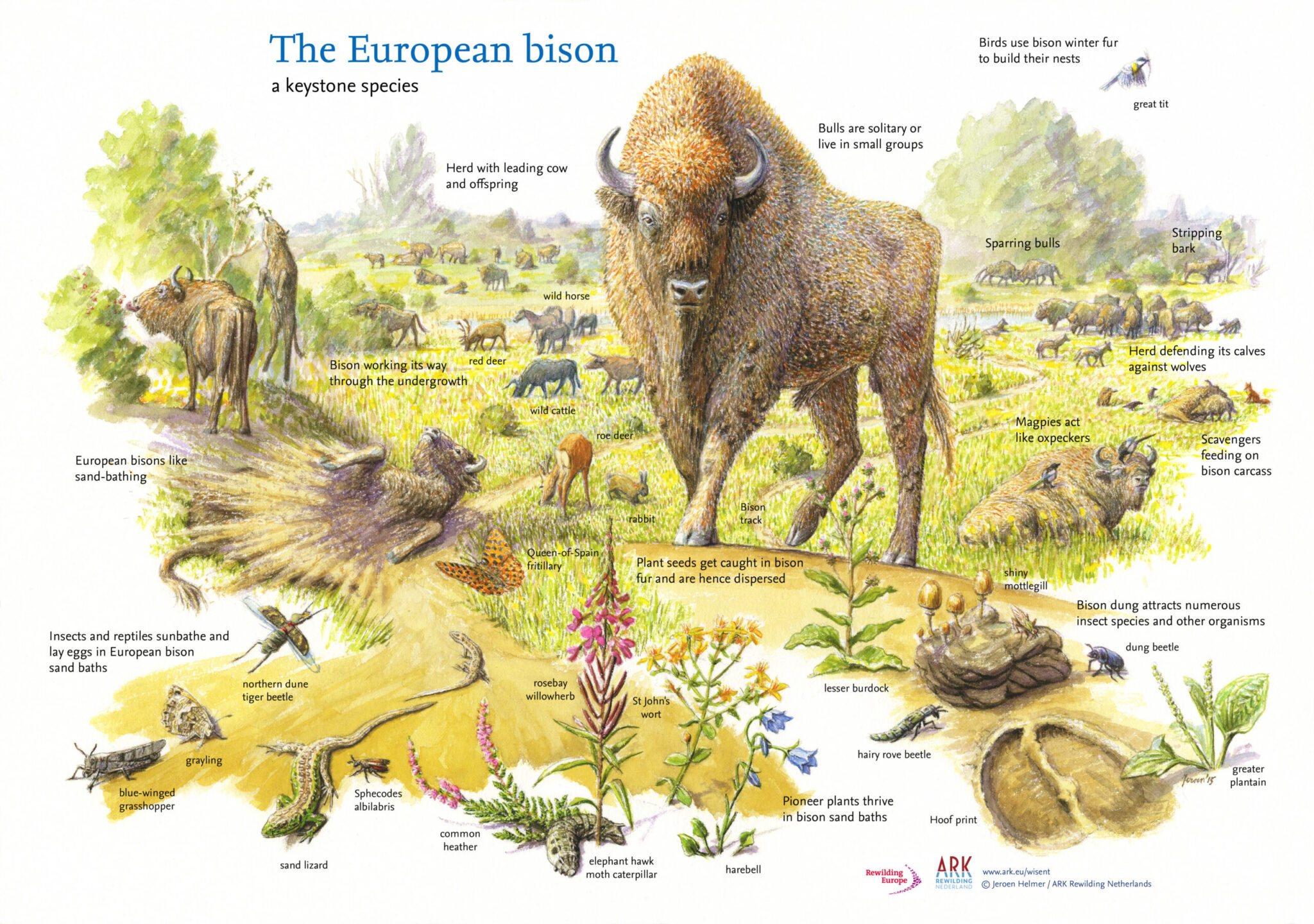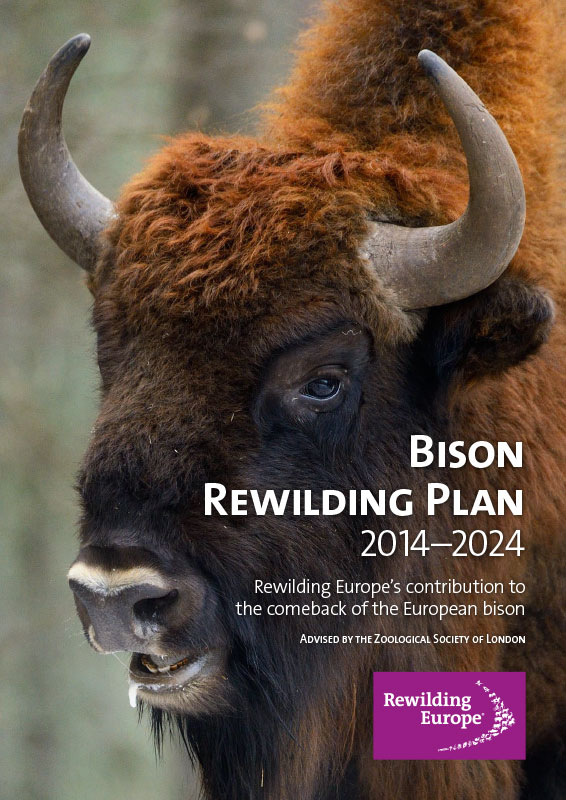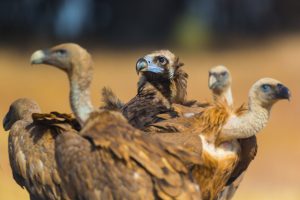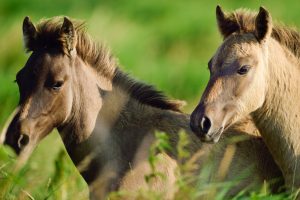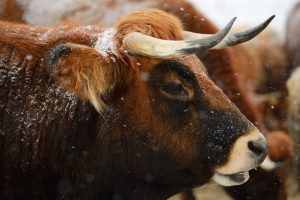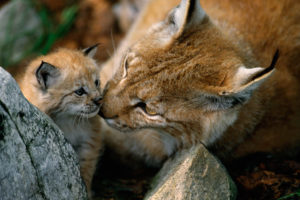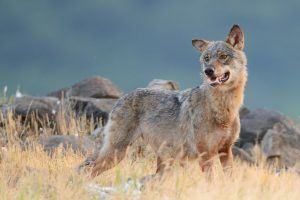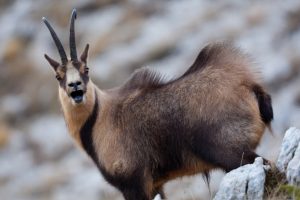Back from the brink
The comeback of the European bison is one of Europe’s most heartening wildlife recovery stories. Once widespread across the continent, this magnificent animal was driven to the edge of extinction in the early twentieth century by hunting and habitat loss.
When the last wild European bison was shot in the Caucasus in 1927, there were less than 60 individuals alive in zoo and private parks. From the 1950s onwards, European bison began to be reintroduced back into the wild.
Free-ranging herds are currently found in many European countries, including Germany, Switzerland, Poland, Belarus and Lithuania. The Białowieża Primeval Forest, an ancient woodland that straddles the Poland-Belarus border, continues to host the world’s largest free-living population, with around 1000 wild bison.
In the last 10 years, the number of free-roaming European bison has increased from just over 2500 to around 7000 individuals. More about the recovery of this species going from strength to strength in our Impact Story ‘Back from the Brink’.

